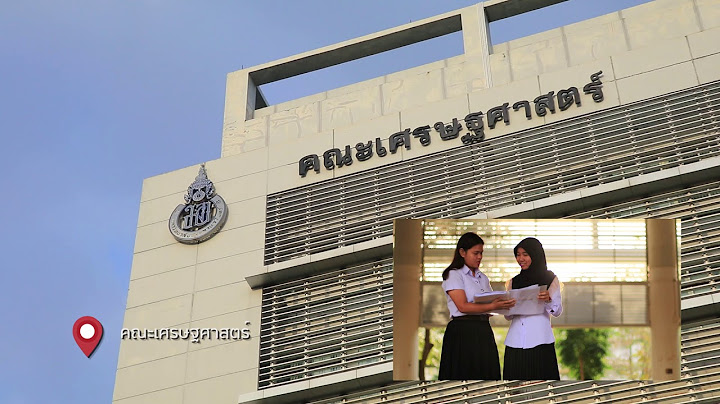จากวิกิพีเดีย สารานุกรมเสรี Show
รายชื่อประเทศตามระบอบการปกครอง รวบรวมและแบ่งแยกประเทศตามระบอบการดำเนินงานของรัฐบาล โดยประเทศนั้นหมายถึงรัฐปกครองตนเองที่มีเอกราชเป็นของตนเอง และมีรัฐบาลปกครองประชากรจำนวนหนึ่งซึ่งอาศัยอยู่ในประเทศ แผนที่[แก้]
หมายเหตุว่าแผนภาพนี้มุ่งแสดงระบอบการปกครองโดยนิตินัย ไม่ได้แสดงระดับประชาธิปไตยโดยพฤตินัย หลายรัฐซึ่งรัฐธรรมนูญบัญญัติว่าเป็นสาธารณรัฐหลายพรรคการเมืองอาจยังอธิบายอย่างกว้าง ๆ เป็นรัฐอำนาจนิยมก็ได้ ระบบวิธีการปกครอง[แก้]ระบบรัฐสภาและที่เกี่ยวข้อง[แก้]ประมุขแห่งรัฐมาจากการเลือกตั้งโดยตรง[แก้]ประมุขแห่งรัฐมาจากการเลือกตั้งโดยอ้อม[แก้]สาธารณรัฐระบบรัฐสภาโดยมีประธานาธิบดีที่มีอำนาจบริหาร[แก้]ประธานาธิบดีที่มีอำนาจบริหารเป็นประมุขแห่งรัฐและหัวหน้ารัฐบาล ประธานาธิบดีมาจากการเสนอชื่อหรือเลือกตั้งของสภานิติบัญญัติ และต้องได้รับความไว้วางใจของรัฐสภาในการดำรงตำแหน่ง ระบบรัฐสภาที่เป็นอิสระจากสภานิติบัญญัติ[แก้]ประมุขแห่งรัฐและหัวหน้ารัฐบาลเป็นคนเดียวกัน มาจากการเลือกตั้งของสภานิติบัญญัติ แต่ไม่สามารถพ้นจากตำแหน่งจากมติไม่ไว้วางใจ ซึ่งต่างจากนายกรัฐมนตรี ระบบคณะผู้อำนวยการ[แก้]คณะผู้อำนวยการ (directory) เป็นประมุขแห่งรัฐและหัวหน้ารัฐบาล ซึ่งมาจากการเลือกตั้งของรัฐสภา แต่ไม่สามารถพ้นจากตำแหน่งจากมติไม่ไว้วางใจ ระบบประธานาธิบดี[แก้]สาธารณรัฐแบบประธานาธิบดีโดยไม่มีนายกรัฐมนตรี[แก้]ในการปกครองระบอบประชาธิไตยแบบนี้ ฝ่ายนิติบัญญัติ (รัฐสภา) ฝ่ายบริหาร (ประธานาธิบดี) และฝ่ายตุลาการ (ศาล) แยกอำนาจออกจากกัน สาธารณรัฐแบบประธานาธิบดีโดยมีนายกรัฐมนตรี[แก้]ระบบกึ่งประธานาธิบดี[แก้]ระบอบกึ่งประธานาธิบดีมีทั้งประธานาธิบดีและนายกรัฐมนตรี ประธานาธิบดีมีอำนาจบริหารและเป็นประมุขของประเทศ รวมทั้งสามารถแต่งตั้งคณะรัฐมนตรีได้ ระบบประธานาธิบดี-รัฐสภา[แก้]ประธานาธิบดีเลือกนายกรัฐมนตรีและคณะรัฐมนตรีโดยไม่ต้องได้รับมติไว้วางใจจากรัฐสภา แต่ต้องมีเสียงข้างมากในสภา ประธานาธิบดีและรัฐสภา (ผ่านมติไม่ไว้วางใจ) มีอำนาจปลดคณะรัฐมนตรีได้ทั้งคู่ ระบบนายกรัฐมนตรี-ประธานาธิบดี[แก้]ประธานาธิบดีเลือกนายกรัฐมนตรีและคณะรัฐมนตรี รัฐสภาสามารถถอดถอนคณะรัฐมนตรีจากมติไม่ไว้วางใจ ส่วนประธานาธิบดีไม่มีสิทธิปลดคณะรัฐมนตรี สมบูรณาญาสิทธิราชย์[แก้]พระมหากษัตริย์ทรงเป็นผู้ใช้อำนาจอธิปไตยโดยไม่มีกฎหมายจำกัดพระราชอำนาจ สมบูรณาญาสิทธิราชย์แบบโบราณ[แก้]สมบูรณาญาสิทธิราชย์แบบโบราณแต่มีสภานิติบัญญัติจากการเลือกตั้ง[แก้]ราชาธิปไตยภายใต้รัฐธรรมนูญ[แก้]ราชาธิปไตยภายใต้รัฐธรรมนูญที่ประมุขไม่มีอำนาจบริหาร[แก้]ราชาธิปไตยภายใต้รัฐธรรมนูญที่ประมุขมีอำนาจบริหาร[แก้]รัฐพรรคการเมืองเดียว[แก้]เผด็จการทหาร[แก้]กองทัพเข้าควบคุมองค์การของรัฐบาล และข้าราชการการเมืองระดับสูงเป็นสมาชิกของกองทัพด้วย กำลังเปลี่ยนผ่าน[แก้]ประเทศเหล่านี้กำลังอยู่ระหว่างการเปลี่ยนแปลงระบอบการปกครอง และยังไม่สามารถถูกจำแนกอย่างชัดเจนได้ ระบบวิธีการปกครองภายใน[แก้]รัฐเดี่ยว[แก้]เป็นรัฐที่มีรัฐบาลกลางเพียงแห่งเดียว ส่วนท้องถิ่นมีอำนาจตามแต่ที่รัฐบาลกลางจัดสรรมาให้เท่านั้น รัฐเดี่ยวที่รวบอำนาจเข้าสู่ศูนย์กลาง[แก้]อำนาจอธิปไตยส่วนใหญ่อยู่กับรัฐบาลกลาง ส่วนท้องถิ่นมีอำนาจน้อยมาก มี 163 ประเทศใช้ระบบนี้ รัฐเดี่ยวที่กระจายอำนาจสู่ภูมิภาค[แก้]
สหพันธรัฐ[แก้]ดูบทความหลักที่: สหพันธรัฐ รัฐซึ่งรัฐบาลกลางแบ่งอำนาจให้กับรัฐบาลท้องถิ่นโดยมีภาวะเสมอกันตามรัฐธรรมนูญหรือกฎหมาย
เชิงอรรถ[แก้]
อ้างอิง[แก้]
ดูเพิ่ม[แก้]
แหล่งข้อมูลอื่น[แก้]
|

กระทู้ที่เกี่ยวข้อง
การโฆษณา
ข่าวล่าสุด
การโฆษณา
ผู้มีอำนาจ
การโฆษณา
ถูกกฎหมาย
ช่วย

ลิขสิทธิ์ © 2024 th.frojeostern Inc.




























